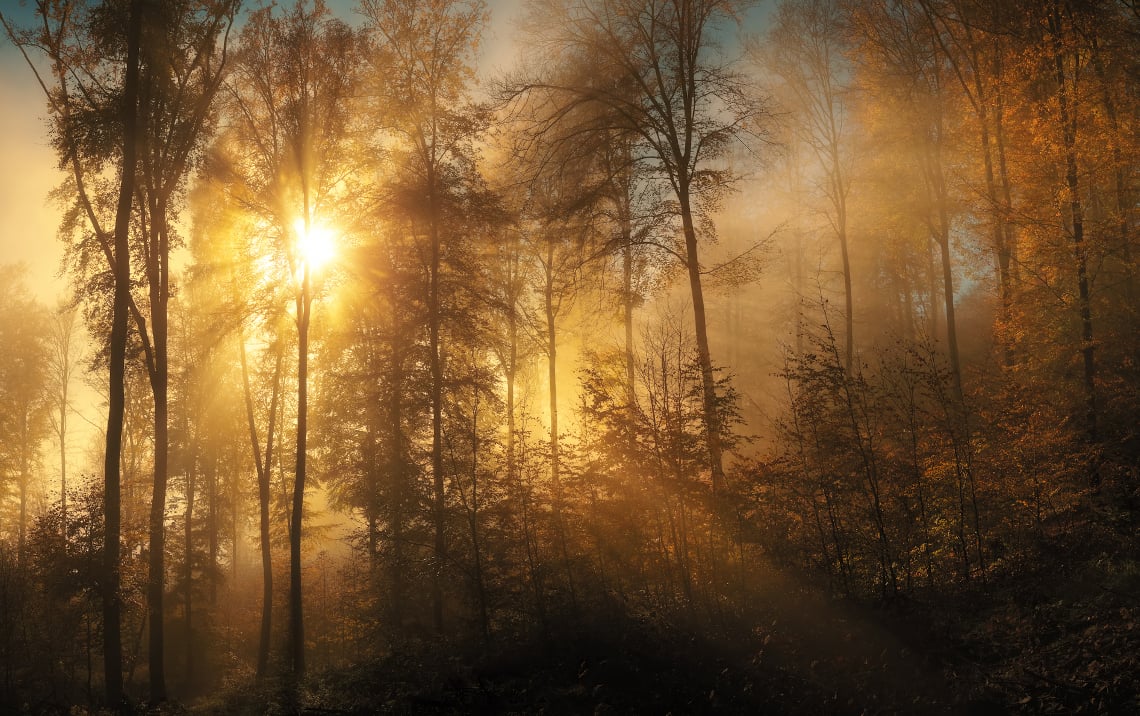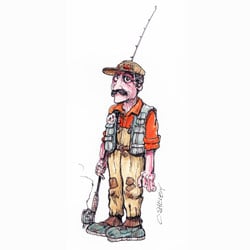Country living gives us a front-row seat to listen for and observe various nocturnal creatures. In this article, outdoorsman Jim Mize shares tips on how and why to identify animals that pass in the night.
Among the many benefits of rural living, and certainly one of my favorites, is the opportunity to watch wildlife.
Birders hang feeders to attract an assortment of songbirds. Those with larger animals in mind keep an eye on fields and orchards. Despite the numbers we see in the daytime, perhaps more and different animals pass in the night.
You can determine what animals pass through your area with a little listening and looking. You might be surprised at what you find.
Moose, my black Lab, and I have a habit of ending the day on our porch. He’s a sunrise-to-sunset sort of dog, falling asleep an hour or two after dark. So letting him wind down with a tennis ball while I watch the changing of the guard between daytime and nighttime animals is our way of signing off before going inside.
As light fades, listening skills often help determine when the night animals begin to move about.
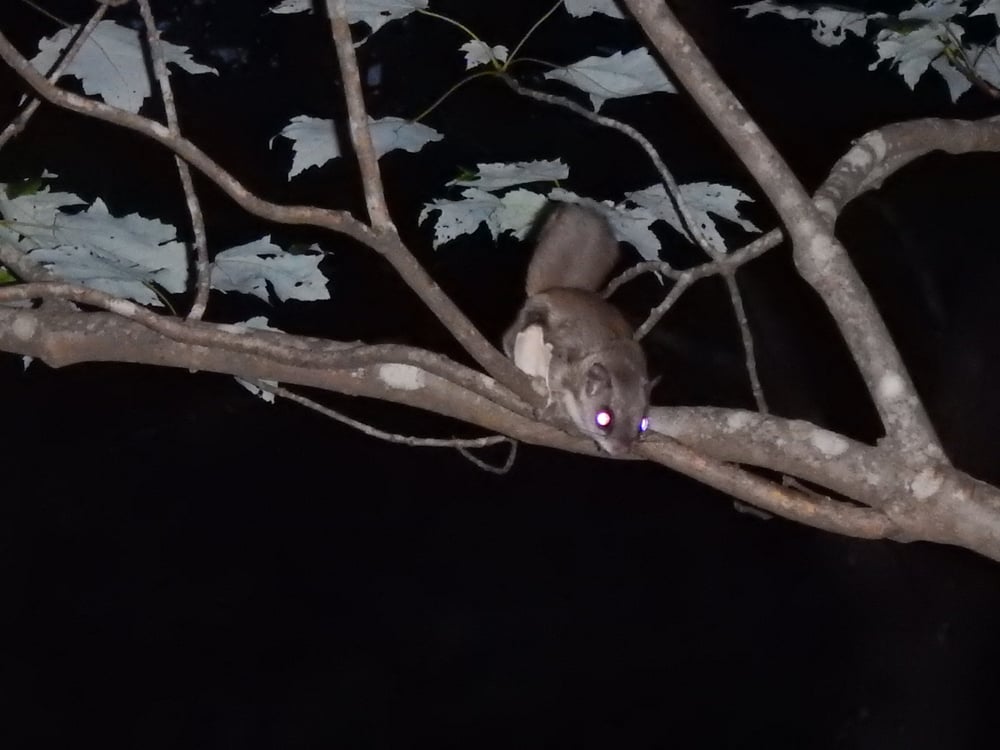
For instance, last fall, I was sitting on the porch swing in full darkness when I heard my bird feeder rattle.
My feeder is strung fifteen feet above ground and five feet out on a limb to put it beyond the reach of bears. It is also the kind that closes when a gray squirrel jumps on it, so I was more than curious to see what could be rattling it in the dark.
Sneaking to the window closest to the feeder, I turned on the flashlight and was met with four sets of tiny eyes. Flying squirrels had found the feeder and were enjoying dinner at my expense.
Too light to close the feeder, they would climb the tree, coast down to the feeder, grab a mouthful, coast back to the tree and then repeat the process.
It looked like an assembly line of flying squirrels working diligently to empty the feeder, and they had little objection to my flashlight.
Many nocturnal animals can be quite vocal.
Owls are among my favorites, particularly screech owls. Typically, I begin to hear them in early summer, and their eerie calls are distinctive.
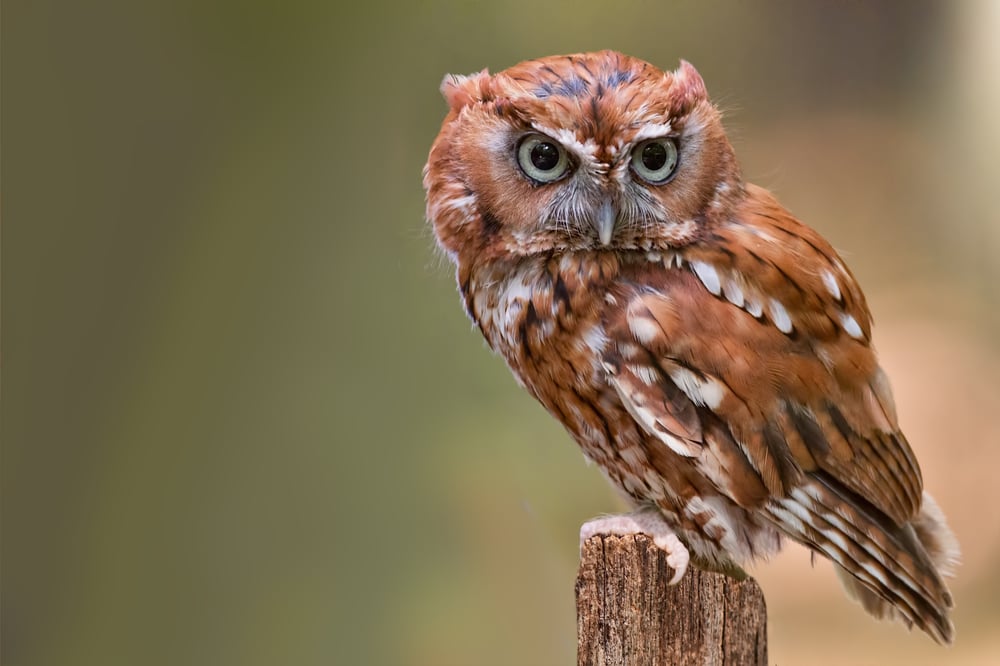
One summer night, as Moose and I sat quietly, a pair of screech owls took positions on opposite sides of my cabin. For several minutes they called and answered each other until eventually flying away.
Coyotes are another vocal animal that can easily be identified by their calls. When a pack of them is scattered across a hillside, their yipping can bring back memories of old westerns.
Perhaps the call that can be most unsettling for some is that of a fox. We have gray foxes in the woods nearby, and at times, I’ve heard them scream just yards away from my porch. On one occasion, the scream was so loud I heard it from inside the house.
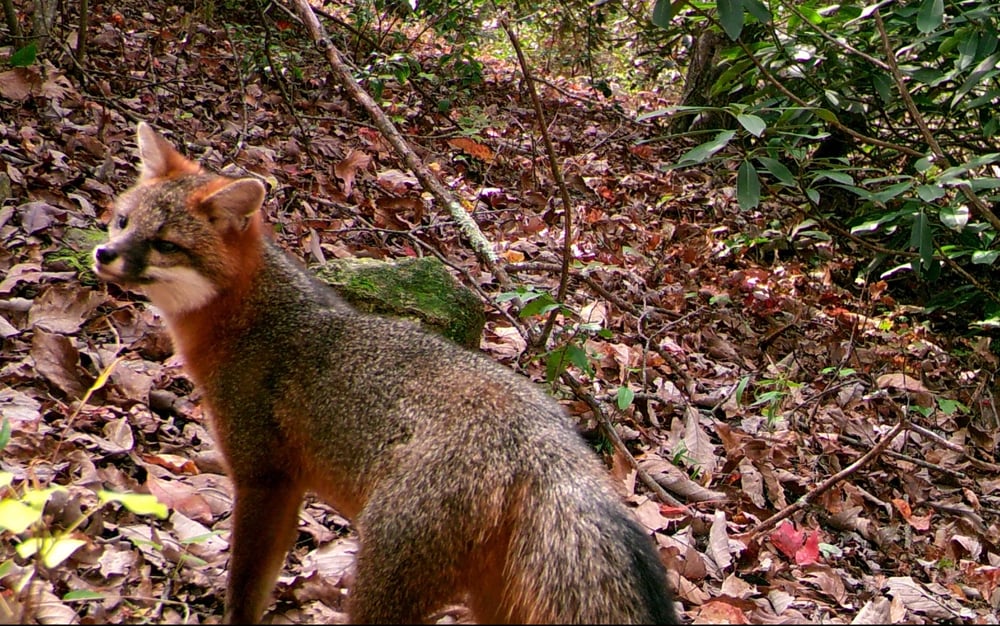
The other way to see what moves about after dark is to use trail cameras.
These have the benefit of marking the time and date along with the photo. As I’ve accumulated photos, I’ve noticed patterns in both time and season when certain animals are most likely to appear.
For example, bears come by my cabin most often shortly after dark and just before sunrise. Also, they tend to visit frequently from spring to fall and sporadically into the early winter.
Also, I’ve done a few things to capture more trail cam photos.
One is to widen cut a path where animals pass in front of the camera. The area below my cabin is covered in rhododendrons, so I widened the trail in front of the camera to get a better view. Deer and bears have begun to use the trail rather than walk through the thicket.
Predators such as coyotes, bobcats and foxes stay in the cover while they hunt, so their photos are quick ones taken while they cross the clearing.
.jpg?width=1000&height=562&name=MFDC0256%20(2).jpg)
Sometimes, I will clean a mess of fish below my cabin, and I’ve found the scent will attract a host of animals. So, I often set a trail camera to see what visits.
On one such night, the first to check out my fish cleaning station was a fox, followed shortly after by a coyote, then a raccoon and again by the fox. They also returned for a couple of nights after.
There is also a practical side to knowing what is in the neighborhood.
For instance, I occasionally get photos of skunks at night, and when they are in the area, I keep Moose closer to the cabin. He’s a curious sort, and that’s one bath I don’t look forward to giving him.
It’s a bit like solving a mystery trying to figure out what animals pass in the night. Still, there’s nothing quite so satisfying as sorting out a good puzzle.
For more information on capturing wildlife photos using a trail cam, check out: Backyard Sleuthing: Tips on Choosing a Wildlife Camera for your Rural Land.


